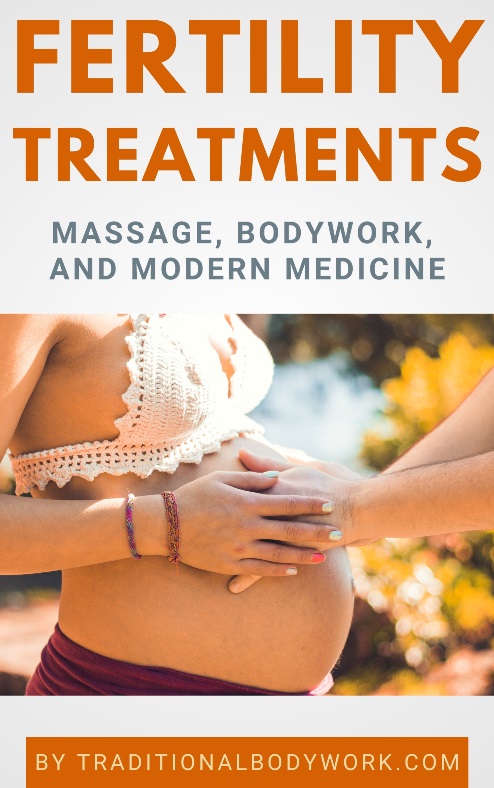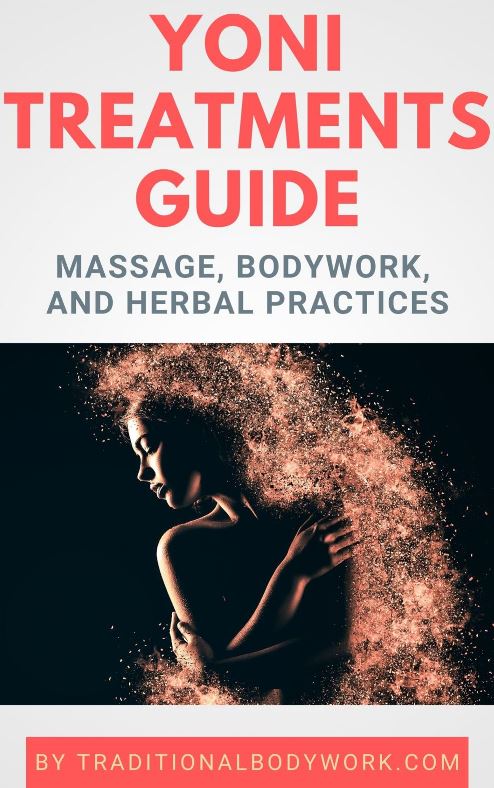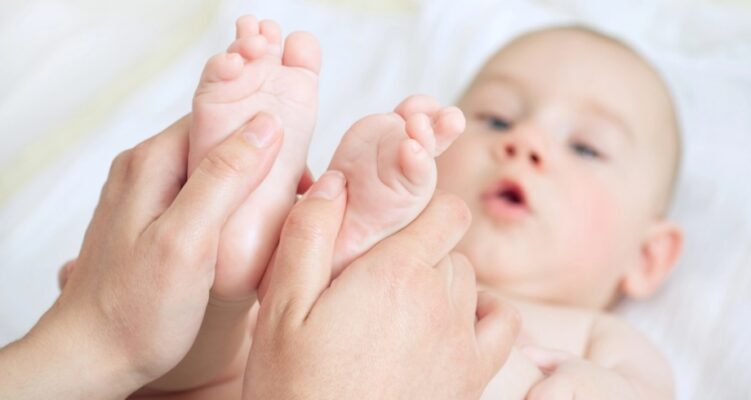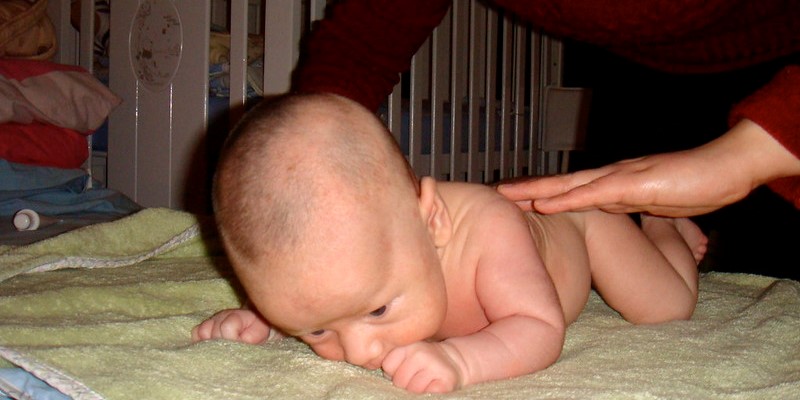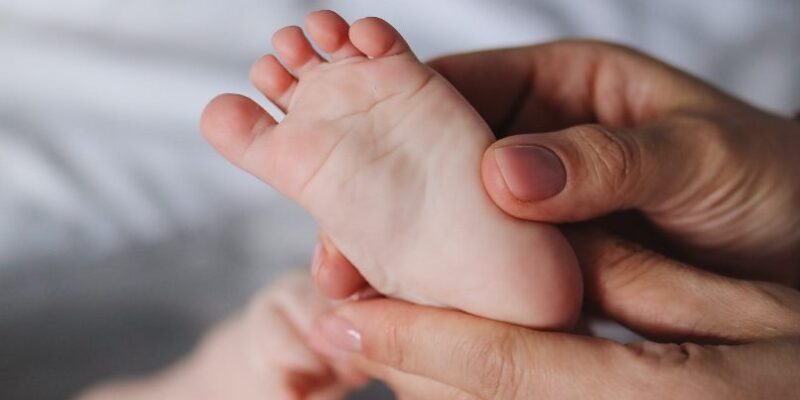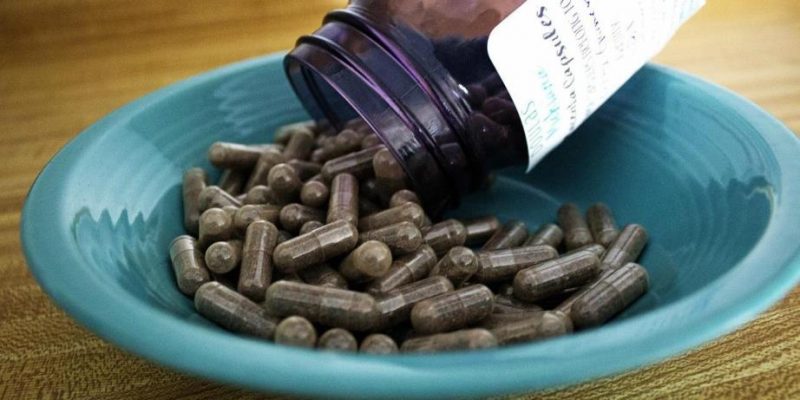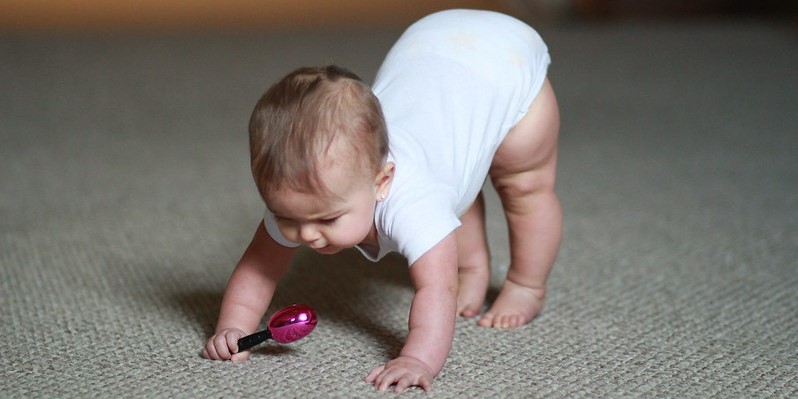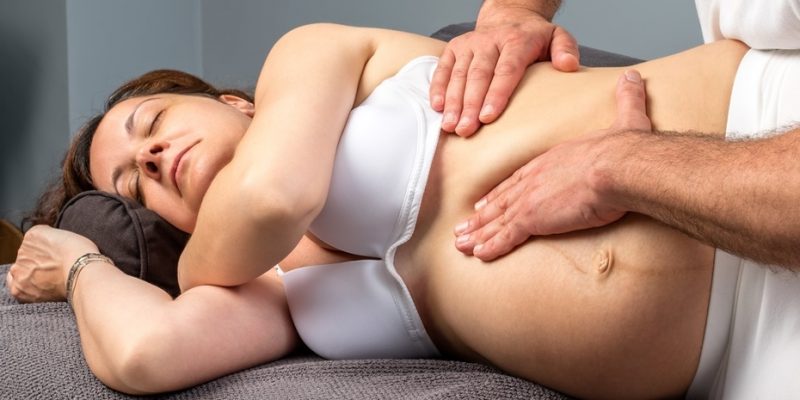
Over the years, dozens of studies have been conducted on the effects of moderate pressure Preterm Infant Massage — also called Preterm Baby Massage or Preterm Newborn Massage — and without exception the conclusions are overwhelmingly positive as for the development of the child.
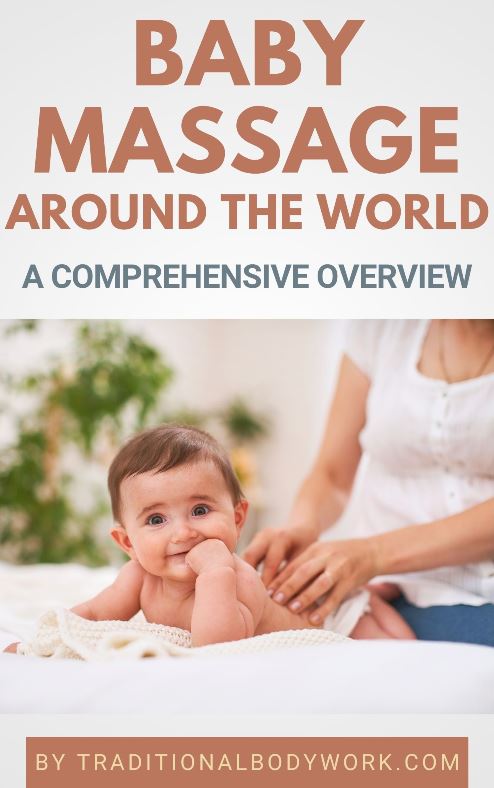
Just for the record: a preterm born baby (a baby that is born premature) is born after a pregnancy that is significantly shorter than normal, especially after no more than 37 weeks of pregnancy. According to the data of the World Health Organization (WHO) the rate of preterm birth ranges from 5% to 18% of babies born, depending on the country (based on research data across 184 countries).
In any case, the result of research shows that developmental scores for massaged preterm babies are better that those preterm babies that were not massaged. Mind that massage of preterm infants typically also includes exercising their limbs.
Moreover, the use of certain massage oils, such as Medium Chain Triglycerides oils (MCTs, which are generally processed Coconut and Palm kernel oils), Safflower oil, Coconut oil, and Sunflower oil increase the benefits of Preterm Baby Massage, notably that of more rapid weight gain. The latter is primarily due to the transcutaneous intake (through the skin) of nutrients.
It’s interesting to note that the use of massage oils is an ancient custom in traditional baby massages from Asia, such as, for instance, carried out in India, Thailand, and Indonesia. Not only are oils seen as nutritious, they’re also considered good for skin and hair development and to keep babies warm. Another motive to use oils in traditional baby massages are the aromatic properties of oils, which inhaled is considered beneficial for babies.
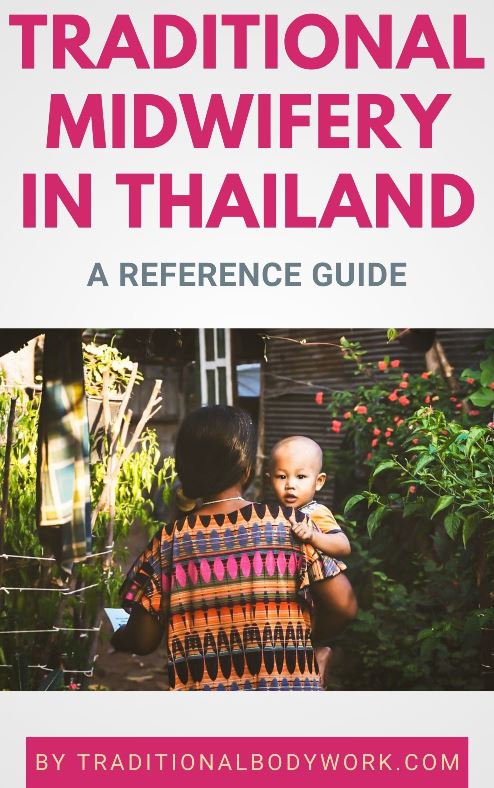
A Preterm Infant Massage should be given in a heated (warm) environment, which could actually take place in the Neonatal Intensive Care Unit (NICU) or at home if applicable, and should include the entire body of the baby, that is, the head, arms, hands, legs, feet, back, bottom, chest and belly.
The Baby Massage can be given for about ten minutes to start with (the massage duration can be increased gradually), three times per day, on a daily basis. Of course, babies who are ill, have heart problems, or other issues shouldn’t be massaged, unless under a physician’s order and under supervision of a midwife or birth doula.
Additional child care that can help stimulate the healthy development of a preterm baby is skin-to-skin contact —so-called Kangaroo Care — frequent touch, singing, rocking, and holding.
Health Benefits of Preterm Baby Massage
- Reduction of general pains;
- Reduction of pain associated with heel sticks (procedure in which the baby’s heel is pricked to extract a small amount of the blood);
- Greater pain tolerance;
- Better food intake;
- Better skin development;
- Greater weight gain;
- Increased bone density;
- Increased digestive activity;
- Improved circulatory system;
- Better sleep patterns;
- Better nervous function;
- Increased heat and temperature control;
- Fewer infections and better immune function;
- Shorter hospital stays;
- Reduction of parental stress.

